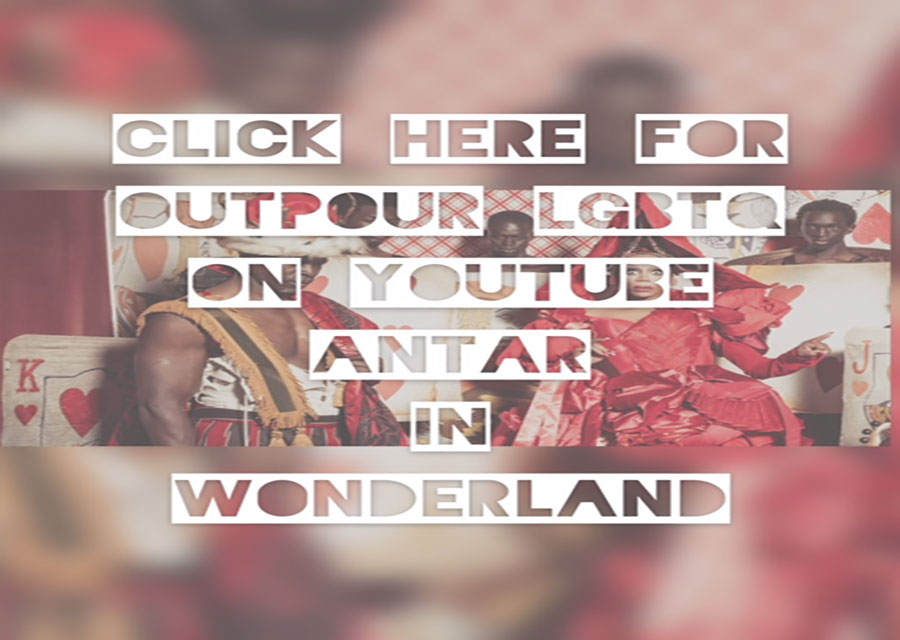Balls and house scene developed out of the Harlem renaissance, when all colors would compete in drag competitions. However, when Black and Latino drag queens begin to face discrimination, they started their own scene. In the ’70s and ’80s, they came together to form “houses”; a family network named after high-fashion street brands such as Dior and Lanvin. These houses were not just known for dance and fashion competition, the house leaders known as Mothers and Fathers offered protection and guidance to a population that needed it. This would become important during the HIV/AIDS epidemic in the ’80s when the Regan administration refused to respond to the disease, leaving LGBTQ communities to take care of themselves.
Now fast-forward to 1994: I came out to my mother as bisexual at the age of 14, thinking if I tell her I am bisexual, she will think “he’s at least half normal.” I knew I was gay the entire time, so it was no surprise to me when she kicked me out. Once on the streets and forced to fend for myself, I met a group of kids not much older than me who took part in balls. For the first time in my life, I was celebrated for being flamboyant, and I felt like I was right where I belonged. This community was able to fill a void I did not know was missing. As a young queer youth, I joined a house like many of my friends, because I could not find safety with my biological family. My “house parents” Icon Tanya Cartier (Mother) and Icon Mann Prodigy (Father) served as heads of houses and were role models and mentors to so many black LGBTQ adolescents.
The ballroom scene serves as a perfect example of how this marginalized community is so resilient when faced with adversity. The ballroom community can make a way out of no way, and the lessons I learned from this scene I still use to this day. Walking into a room like an aristocrat, even if I get my clothing from Primark, my confidence was present. In the words of Dorian Corey from the documentary Paris Burning: “Everybody wants to leave something behind them, some impression, some mark upon the world.” The ballroom scene was able to leave lifelong marks on a little black boy from Philly.

